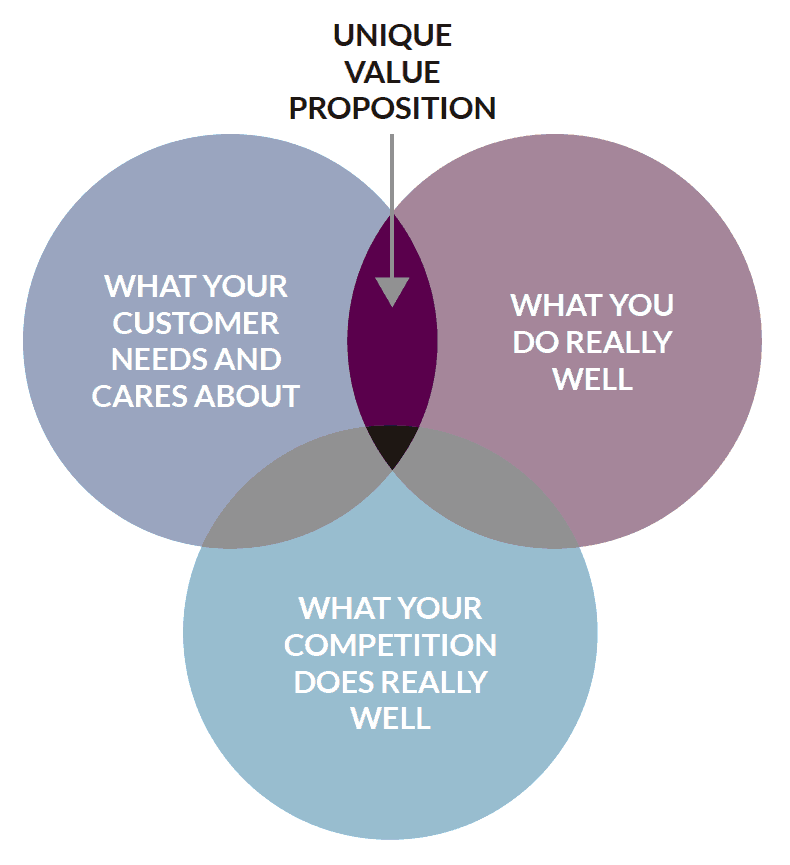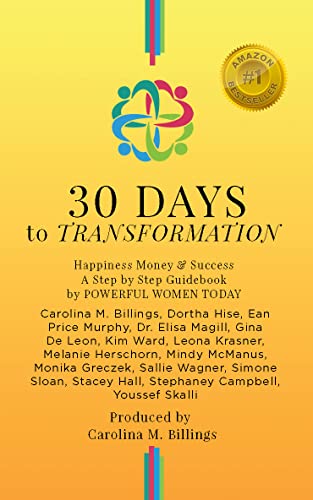
So many entrepreneurs are busy working to develop a minimum viable product (MVP), they often put off the time and effort required to create a value prop (VP) for their product/service.
A VP is a succinct way of telling the world why your product or service is different.
It is the reason people will connect, read, or consider shelling out “benjamins” for your product/service. This is your elevator pitch.
When pitching, be sure to communicate your product/service VP and be sure to do it in a way to connect with the customer. By connecting these two pieces of the puzzle, your product/service pitch conveys and hones in on the benefits, features, and experience when used so that the customer understands how it addresses their wants, needs, and concerns.
Things to consider when creating your value prop. Define your service/product, identify the problem are you trying to solve with your product/service, how unique is your solution to the problem and what makes it unique, what is the true customer benefit in using your product verses someone else’s? Who is the ultimate end user for your product/service?
After you have created your VP, pressure test it. Is it written in the language your target audience will understand, does it clearly state the customer benefits/results when using your product/service; does it tell how your service differs from others on the market? Can your target audience understand your VP in 5 seconds? Will it make your offering stand out in the market place?
After you have pressure tested it and before you put it out in the world. Try it out with your circle of friends, colleagues, networking groups. Create two versions of your VP and have your target audience evaluate which version resonates.
In a nut shell, the key purpose of having a value proposition is to state why your product/service is different from your competitors. Really understand your market place dynamics (i.e. competitors, market trends, customer needs, gaps) and how your product/service will fit, compete, and be the product/service of choice for your target audience. Remember that connecting the two parts of the puzzle, your product to your customer, is key.




